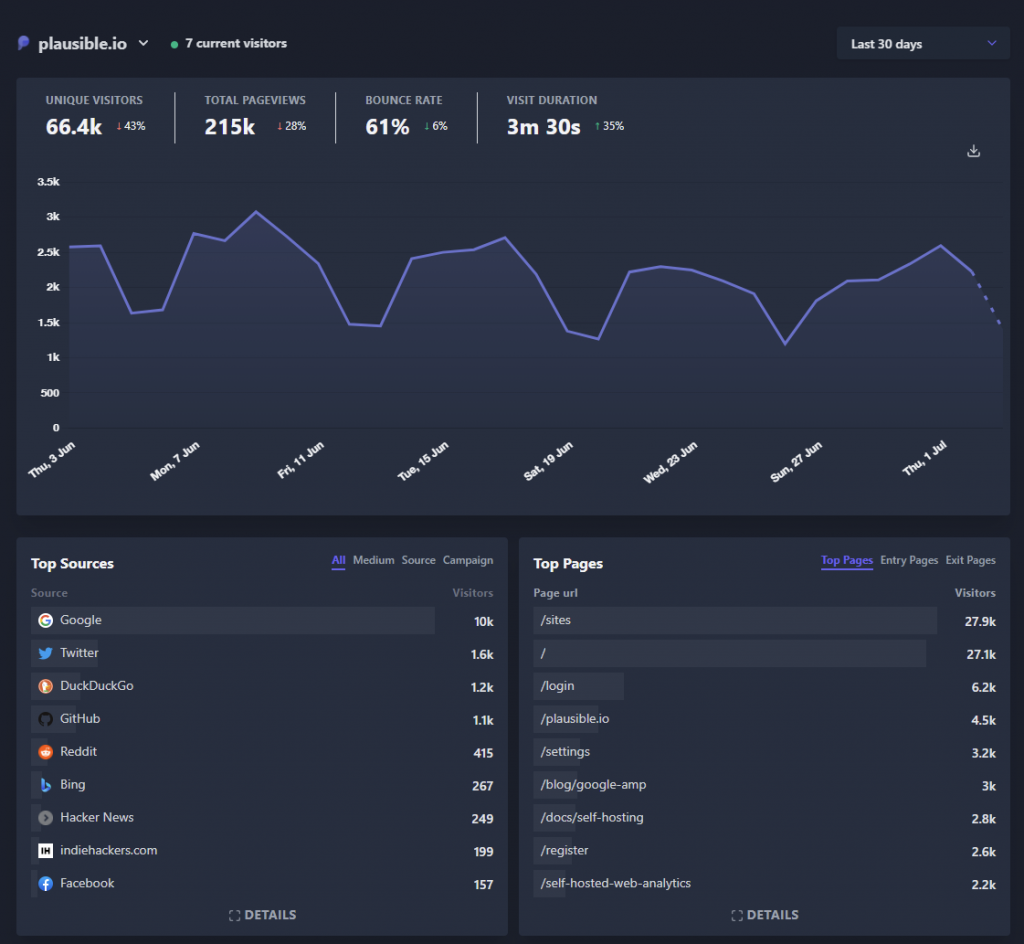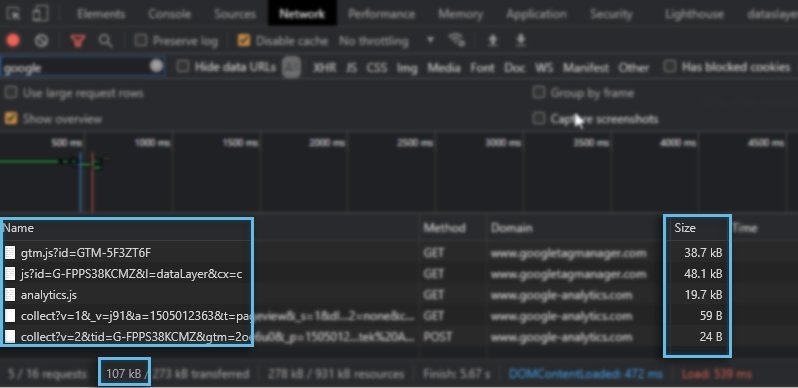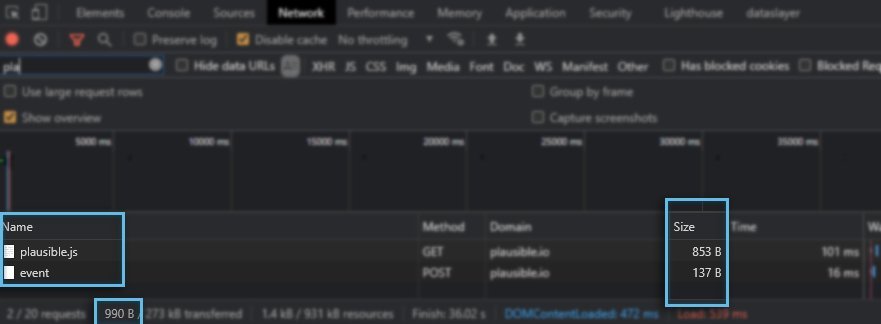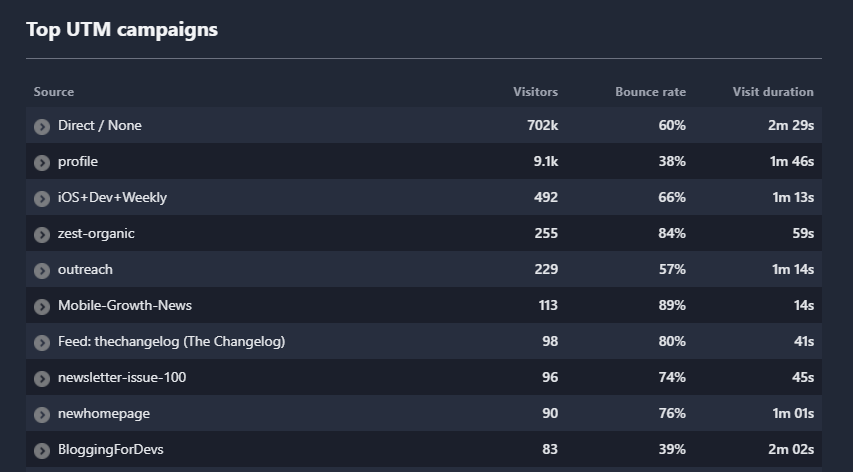Plausible Analytics • Ultimate Privacy Compliant Web Tool
Plausible Analytics is one of the new generation projects build around Privacy First/Cookie-less approach. It is an interesting alternative for Google Analytics users who need web...
Filter by Category
Filter by Author

Plausible Analytics is one of the new generation projects build around Privacy First/Cookie-less approach. It is an interesting alternative for Google Analytics users who need web...
Posted by Wojtek Andrzejczak

Let’s analyze the five most common reasons we can not track user conversions in our digital campaigns. With progressing privacy protection laws and restrictions, we track...
Posted by Wojtek Andrzejczak

Learn how to configure a Firebase project with Google Analytics to track app and web traffic in a few simple steps. What problem do we want to solve? Let our client collect...
Posted by Wojtek Andrzejczak

Learn how to implement tracking campaign tracking to let you track your campaigns in Google Analytics. Why should you use campaign tracking parameters? Tracking parameters...
Posted by Wojtek Andrzejczak

Google Analytics UTM tracking parameters, what they are, and how to use them in digital advertising. What Google Analytics UTM’s is? UTM allows us to tag URLs with...
Posted by Wojtek Andrzejczak

Learn how to optimize slow dashboards and reduce loading time while interacting with sorting and filtering your data.
Posted by Wojtek Andrzejczak

Learn how to track in Google Analytics a user who uses AdBlock.
Posted by Wojtek Andrzejczak

Google Analytics doesn’t track your Google Marketing Platform campaign traffic correctly if your traffic is identified as DFA/CPM.
Posted by Wojtek Andrzejczak
Plausible Analytics is one of the new generation projects build around Privacy First/Cookie-less approach. It is an interesting alternative for Google Analytics users who need web analytics tools but at the same time respect their user’s privacy.
Plausible Analytics is an Open Source web tool, an alternative to Google Analytics.

Let’s compare those two analytics systems by looking into their differences.
GA/GA4 uses cookies and unique identifiers to identify the user and all his activities over time.

PA does not use cookies. Instead, what is uses is a daily generated ID, using user IP and User-Agent from the browser. So if you switch to a WiFi network, update Chrome, or open the website tomorrow, the system will assign you a new ID.

It seems that not much is collected, but on the other hand, it is enough for most website owners.
On my website, I’ve:


Besides Google Tag Manager, which can manage conversions triggers for Plausible, we see that the size of the Google Analytics scripts is significantly more extensive, which might harm the website’s loading time.
Plausible with 1KB size, it is hard to imagine a scenario that would harm loading time performance.
Ok, but is 20/48KB a lot? For comparison, JavaScript library jQuery, a multi-task tool, is seen as a heavy asset, loads with the size of 31KB (v.3.6.0).
I wonder what magic Google uses with GA4 that is 50% bigger than a heavy jQuery.
PID – Persistent ID, assigned by the website/app for a single user with engagement data from one or more sessions initiated from one or more devices. (Read more)
Yes. You can define your own goals and use UTM parameters for campaign tracking (source, medium, campaign).

Precisely that is the point. Less user data we collect, the more privacy safe/compliant we become.
On the other hand, if we compare classic GA and the latest GA4, reporting is simplified, with more general user data segments. Which, in my opinion, indicates the future direction of web analytics tools.
Yes, that is true. Plausible Analytics is a pretty new project, but it is getting more attention and support, and as a community, we can impact the development of the features we need.
We live now in exciting times, each ear user privacy regulations and restrictions are getting more and more difficult for the marketing and advertising industry. Everybody tries to find the best solution but at the same time keep the old-style business going. Unfortunately, it does not seems to be a thing.
Plausible Analytics offers a fresh approach which by design respects privacy regulations and also ignores technical limitations (cookies, device IDs, hidden IP, etc.).
Yes, it is a new project in the relatively early stage of development, which can be an adoption problem for a big company/institution. But in comparison, it gives the website owner what Google Analytics can not give, which fully controls user data ownership.
Google Analytics is a great tool, but privacy aspects are becoming more relevant than features software can give to you in the times we live.
Subscribe to our newsletter!

TCF 2.0 as a new source of problems with the campaign discrepancies for 3rd party tags used in the digital campaigns. What is TCF 2.0? Shortly, TCF became a privacy standard to...

The discrepancy between delivered impressions is the most common any annoying campaign reporting problem. Let's discuss this problem from the agency and publisher's point of view.